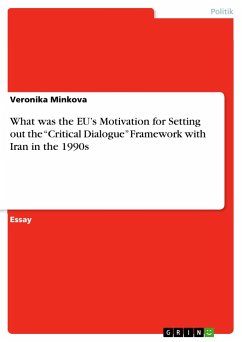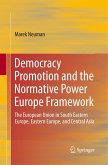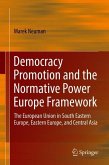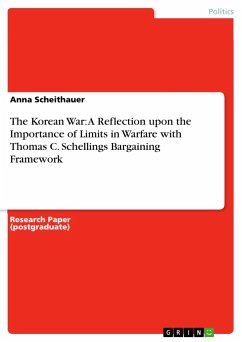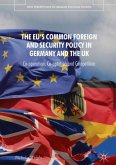Essay aus dem Jahr 2010 im Fachbereich Politik - Internationale Politik - Thema: Europäische Union, Note: 1,3, King`s College London, Veranstaltung: EU and the Middle East - Economics, Politics and Peace, Sprache: Deutsch, Abstract: Historically, in contrast to trade relations, political relations between Western Europe and Iran were predominated with inconsistency and controversy. The Critical Dialogue was the first official European uniform approach towards Iran after the 1979 Islamic Revolution and it was conducted in line with the Common Foreign and Security Policy (CFSP) enshrined in the Maastricht Treaty in 1992. The framework was based on two contradictory trends: the perception of Iran as an important economic partner and the growing importance of human rights in relations with third countries. Iranian failure to adhere to international norms in the area of human rights represented an obstacle to its recognition as a fully legitimate economic and political partner. The Critical Dialogue contrasted with the United States (US) 'active containment' policy of economic boycotts and was referred by critics as an 'immoral cover for maintaining lucrative commercial relations with Iran'. Chapter 2 examines developments of the political and economic relations between EU-3 and Iran after the 1979 Iranian Revolution. It seeks to answer the question: 'Which are the circumstances leading to the positive expectations of relations between Iran and Western Europe at the time of the 1979 Revolution?'. Chapter 3 identifies the factors leading to the establishment of the Critical Dialogue, namely Iranian domestic human rights abuses; the fatwa against Salman Rushdie; assassination of Iranian dissidents in Europe; Iranian opposition to the Arab-Israeli peace process and the support for Hamas; and allegations of attempting to construct nuclear weapons. Chapter 4 highlights the selected methods for implementation of the Critical Dialogue and analyses its underlying principles: the conviction of the prospect of strengthening moderate political forces in Iran; the promotion of human rights under the newly established CFSP; and the use of the means of communication (dialogue). Chapter 5 poses the question: 'What are the achievements of the Critical Dialogue framework?', in terms of its impact on Iran's domestic human rights and the Euro-Iranian trade relations. The final chapter identifies causes for transatlantic divergence of stances towards Iran.

